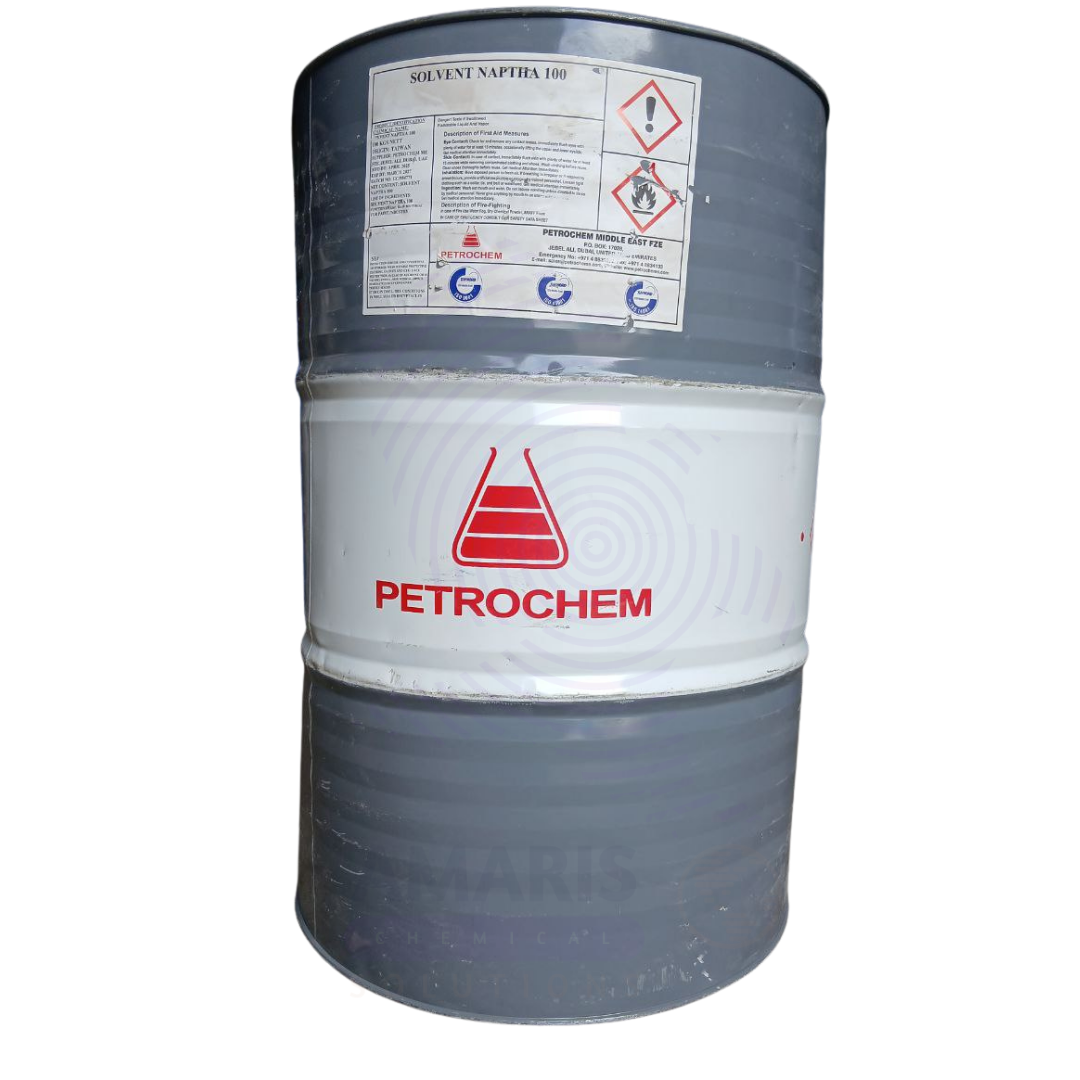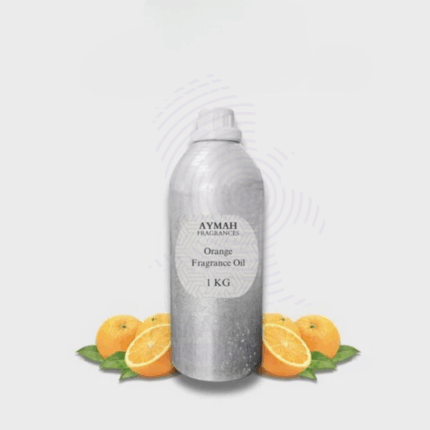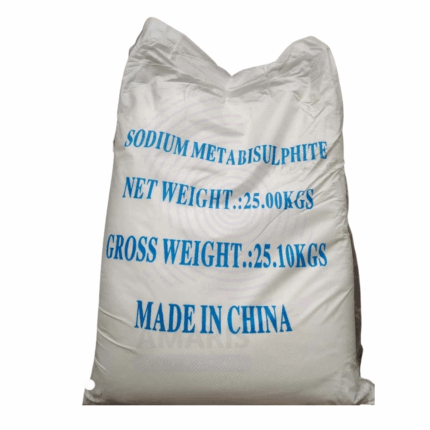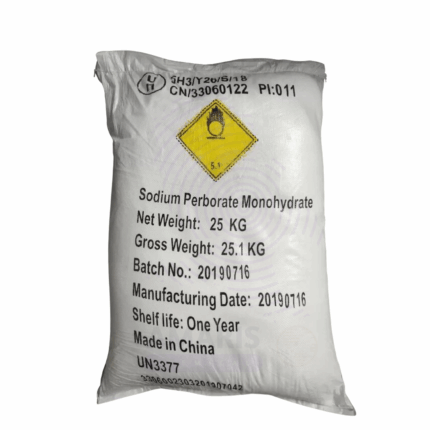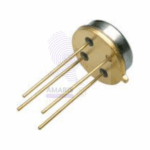
Solvent Naphtha C10 150
Solvent Naphtha C10 150 is a light petroleum-derived hydrocarbon solvent consisting mainly of C10 aliphatic and aromatic hydrocarbons with a boiling range around 150°C. It is a clear, colorless liquid widely used in industrial and commercial applications as a solvent for paints, coatings, adhesives, and cleaning agents. This 25kg packaged product is valued for its good solvency, moderate evaporation rate, and compatibility with a variety of resins and oils.
Solvent Naphtha C10 150
Primary Uses
Paints & Coatings
- Solvent Carrier: Used in formulations of paints, varnishes, lacquers, and enamels to dissolve resins and adjust viscosity.
- Degreasing Agent: Removes oils, greases, and waxes from metal and other surfaces prior to painting.
Adhesives & Sealants
- Solvent: Dissolves and disperses polymers and resins in adhesive formulations for pressure-sensitive tapes, labels, and industrial adhesives.
Cleaning & Degreasing
- Industrial Cleaner: Used for cleaning machinery parts, tools, and equipment by dissolving hydrocarbons, oils, and grease.
- Surface Preparation: Removes contaminants to ensure better adhesion of coatings and paints.
Rubber & Plastics
- Solvent: Used in rubber cement and plastic coatings to dissolve polymers and aid in application.
Secondary Uses
Printing Inks
- Carrier Solvent: Dissolves pigments and resins for use in ink formulations.
Leather Industry
- Cleaning Agent: Removes oils and contaminants during leather processing.
Chemical Industry
- Reaction Medium: Used as a medium or solvent in chemical synthesis and extraction processes.
Basic Identification Attributes
- Chemical Name (IUPAC): Petroleum solvent, C10 fraction, light aromatic and aliphatic hydrocarbons
- Common/Trade Name: Solvent Naphtha C10 150, Stoddard solvent (similar type)
- CAS Number: Mixture, varies depending on exact composition (approx. 64742-89-8)
- HS Code: 2707.99.90
- Synonyms: Light aromatic solvent, petroleum naphtha, VM&P naphtha
Physical & Chemical Properties
- Physical State: Clear, colorless liquid
- Color & Odor: Colorless; characteristic petroleum odor
- Boiling Point: Approx. 140–160°C
- Flash Point: 40–45°C (closed cup)
- Density: 0.75–0.78 g/cm³ at 20°C
- Solubility: Insoluble in water; miscible with organic solvents
Safety & Hazard Attributes
- GHS Classification: Flammable Liquid (Category 3), Aspiration Hazard (Category 1)
- Toxicity: Moderate toxicity; oral LD₅₀ > 5,000 mg/kg (rat)
- Exposure Limits: OSHA PEL 500 ppm (2,900 mg/m³) TWA
- Health Hazards: May cause dizziness, headaches, respiratory irritation on inhalation; prolonged exposure risks central nervous system effects.
Storage & Handling Attributes
- Storage Conditions: Store in cool, well-ventilated area away from ignition sources and incompatible materials
- Container Type: 25kg metal drums or steel containers
- Shelf Life: 12 months under proper storage
- Handling Precautions: Use explosion-proof equipment; avoid inhalation and contact; use PPE
Regulatory & Compliance Attributes
- REACH Registered
- Complies with OSHA Hazard Communication Standard
- UN Number: UN1268 (Petroleum distillates)
- DOT Classification: Flammable liquid, Class 3
Environmental & Health Impact
- Biodegradability: Readily biodegradable
- Ecotoxicity: Toxic to aquatic life; avoid release to waterways
- Bioaccumulation: Potential for bioaccumulation in aquatic organisms
Aquatic Impact: Harmful in large quantities
Safety Handling Precautions
- PPE Required: Flame-resistant clothing, gloves, goggles, respirator as needed
- Handling Guidelines: Use with adequate ventilation, avoid open flames and sparks
- Storage Measures: Ground and bond containers to prevent static discharge
First Aid Measures
- Inhalation: Move to fresh air immediately; seek medical attention if symptoms persist
- Skin Contact: Wash with soap and water; remove contaminated clothing
- Eye Contact: Rinse eyes with water for at least 15 minutes; seek medical attention
- Ingestion: Do NOT induce vomiting; seek medical attention immediately
Firefighting Measures
- Fire Hazards: Highly flammable liquid and vapor; vapors may travel to ignition sources
- Extinguishing Media: Foam, dry chemical, CO₂, water spray
- Hazardous Combustion Products: Carbon monoxide, carbon dioxide, hydrocarbons


 Preservatives(food)
Preservatives(food) Flavor Enhancers
Flavor Enhancers Acidulants
Acidulants Sweeteners
Sweeteners Antioxidants
Antioxidants Colorants(food)
Colorants(food) Nutraceutical Ingredients (food)
Nutraceutical Ingredients (food) Nutrient Supplements
Nutrient Supplements Emulsifiers
Emulsifiers
 Collectors
Collectors Dust Suppressants
Dust Suppressants Explosives and Blasting Agents
Explosives and Blasting Agents Flocculants and Coagulants
Flocculants and Coagulants Frothers
Frothers Leaching Agents
Leaching Agents pH Modifiers
pH Modifiers Precious Metal Extraction Agents
Precious Metal Extraction Agents
 Antioxidants(plastic)
Antioxidants(plastic) Colorants (Pigments, Dyes)
Colorants (Pigments, Dyes) Fillers and Reinforcements
Fillers and Reinforcements Flame Retardants
Flame Retardants Monomers
Monomers Plasticizers
Plasticizers Polymerization Initiators
Polymerization Initiators Stabilizers (UV, Heat)
Stabilizers (UV, Heat)
 Antifoaming Agents
Antifoaming Agents Chelating Agents
Chelating Agents Coagulants and Flocculants
Coagulants and Flocculants Corrosion Inhibitors
Corrosion Inhibitors Disinfectants and Biocides
Disinfectants and Biocides Oxidizing Agents
Oxidizing Agents pH Adjusters
pH Adjusters Scale Inhibitors( water)
Scale Inhibitors( water)
 Antioxidants(cosmetic)
Antioxidants(cosmetic) Emollients
Emollients Fragrances and Essential Oils
Fragrances and Essential Oils Humectants
Humectants Preservatives
Preservatives Surfactants(cosmetic)
Surfactants(cosmetic) Thickeners
Thickeners UV Filters
UV Filters
 Fertilizers
Fertilizers Soil Conditioners
Soil Conditioners Plant Growth Regulators
Plant Growth Regulators Animal Feed Additives
Animal Feed Additives Biostimulants
Biostimulants Pesticides (Herbicides, Insecticides, Fungicides)
Pesticides (Herbicides, Insecticides, Fungicides)
 Active Pharmaceutical Ingredients (APIs)
Active Pharmaceutical Ingredients (APIs) Excipients
Excipients Solvents(pharmaceutical)
Solvents(pharmaceutical) Antibiotics
Antibiotics Antiseptics and Disinfectants
Antiseptics and Disinfectants Vaccine Adjuvants
Vaccine Adjuvants Nutraceutical Ingredients (pharmaceutical)
Nutraceutical Ingredients (pharmaceutical) Analgesics & Antipyretics
Analgesics & Antipyretics
 Analytical Reagents
Analytical Reagents Solvents(lab)
Solvents(lab) Chromatography Chemicals
Chromatography Chemicals Spectroscopy Reagents
Spectroscopy Reagents microbiology-and-cell-culture-reagents
microbiology-and-cell-culture-reagents Molecular Biology Reagents
Molecular Biology Reagents Biochemical Reagents
Biochemical Reagents Inorganic and Organic Standards
Inorganic and Organic Standards Laboratory Safety Chemicals
Laboratory Safety Chemicals Specialty Laboratory Chemicals(Special Laboratory Equipment)
Specialty Laboratory Chemicals(Special Laboratory Equipment)
 Demulsifiers
Demulsifiers Hydraulic Fracturing Fluids
Hydraulic Fracturing Fluids Scale Inhibitors(oil)
Scale Inhibitors(oil) Surfactants(oil)
Surfactants(oil) Drilling Fluids
Drilling Fluids
 Dyes and Pigments
Dyes and Pigments Bleaching Agents
Bleaching Agents Softening Agents
Softening Agents Finishing Agents
Finishing Agents Antistatic Agents
Antistatic Agents
 Admixtures
Admixtures Waterproofing Agents
Waterproofing Agents Sealants and Adhesives
Sealants and Adhesives Curing Compounds
Curing Compounds Concrete Repair Chemicals
Concrete Repair Chemicals Anti-Corrosion Coatings
Anti-Corrosion Coatings
 Surfactants(cleaning)
Surfactants(cleaning) Builders
Builders Enzymes
Enzymes Solvents (Cleaning)
Solvents (Cleaning) Fragrances
Fragrances
 Electronic Chemicals
Electronic Chemicals Catalysts
Catalysts Lubricants
Lubricants Photographic Chemicals
Photographic Chemicals Refrigerants
Refrigerants Automotive chemicals
Automotive chemicals Pyrotechnic Chemicals
Pyrotechnic Chemicals
 Biodegradable Surfactants
Biodegradable Surfactants Bio-based Solvents
Bio-based Solvents Renewable Polymers
Renewable Polymers Carbon Capture Chemicals
Carbon Capture Chemicals Wastewater Treatment Chemicals
Wastewater Treatment Chemicals
 Pigments
Pigments Solvents(paint)
Solvents(paint) Specialty Coatings
Specialty Coatings Binders/Resins
Binders/Resins Additives
Additives Driers
Driers Anti-Corrosion Agents
Anti-Corrosion Agents Functional Coatings
Functional Coatings Application-Specific Coatings
Application-Specific Coatings
 Fresh Herbs
Fresh Herbs Ground Spices
Ground Spices Whole Spices
Whole Spices Spice Blends
Spice Blends Dried Herbs
Dried Herbs
 Leavening Agents
Leavening Agents Dough Conditioners
Dough Conditioners Flour Treatments
Flour Treatments Fat Replacers
Fat Replacers Decoratives
Decoratives Preservatives(baking)
Preservatives(baking)
 Plasticizers & Softeners
Plasticizers & Softeners Reinforcing Agents
Reinforcing Agents Adhesion Promoters
Adhesion Promoters Vulcanizing Agents
Vulcanizing Agents Antidegradants
Antidegradants Blowing Agents
Blowing Agents Fillers & Extenders
Fillers & Extenders Accelerators & Retarders
Accelerators & Retarders